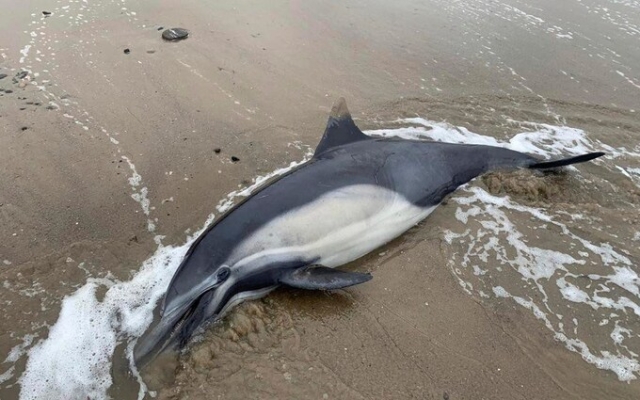 A dead dolphin washed ashore on a beach in Santa Barbara County. sick and dead sea lions and dolphins off the coast of Southern California this month, and experts believe harmful algal blooms are to blame.
A dead dolphin washed ashore on a beach in Santa Barbara County. sick and dead sea lions and dolphins off the coast of Southern California this month, and experts believe harmful algal blooms are to blame.
According to a statement from the National Oceanic and Atmospheric Administration's (NOAA Fisheries) National Marine Fisheries Service, , hundreds of sea lions died in the first weeks of June.
The number of dead dolphins has reached about 100, according to Michelle Berman Kowalewski, founder and director of the Channel Islands Cetacean Research Unit, a biosurveillance organization in Santa Barbara.
According to NOAA Fisheries, tissue samples were collected for tests to confirm that the animals were victims of domoic acid, a neurotoxin produced by Pseudo-nitzschia algae. The toxin enters the food chain and makes marine mammals sick when they eat their prey.
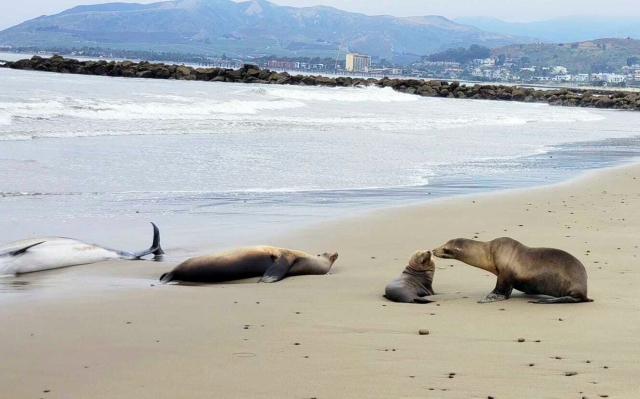 Algal blooms make animals sick. AP
Algal blooms make animals sick. AP
Domoic acid also poses a risk to people who eat crustaceans, fish, and shellfish that have accumulated elevated levels, according to the California Department of Public Health. When consumed in large doses, it can be fatal.
Algae occur naturally and episodes of domoic acid poisoning are not uncommon on the coast of California, but the current outbreak is unusually serious.
Ms Berman Kowalewski said the number of dead dolphins is «definitely the highest among animals.» we have seen the case of domoic acid” in her 25 years of work.
Beached sea lions may appear disoriented and agitated, with symptoms such as head shaking, foaming at the mouth, seizures, and loss of motor skills. skills. Beachgoers are being warned to stay away from injured animals and call rescue organizations instead.
Channel Islands Marine & The Wildlife Institute received more than 1,000 reports from June 8 to 14, co-founder and managing director Ruth Dover told NOAA Fisheries. San Luis Obispo County, but especially in the Santa Barbara Channel near Santa Barbara and Ventura counties.
Algae growth is greatly contributed by nutrients washed into the ocean by rain and winds, which create a whirlpool in the channel and Ms. Berman Kowalewski said they cause upwelling.
“Every time you bring nutrients from the deep, you will have algae that feed on them, and this is what we are seeing now” , — she said. said.
Fish like anchovies eat algae, and marine mammals eat anchovies.
«And I understand we have a lot of anchovies now,» Berman Kowalewski said. «I think we're just having the perfect storm right now.»


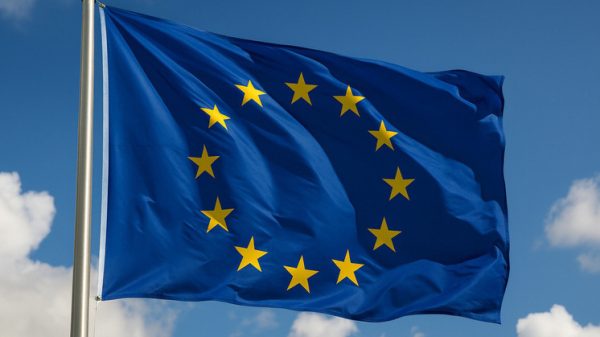






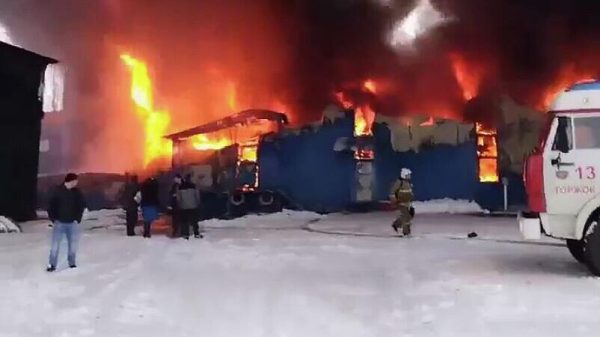
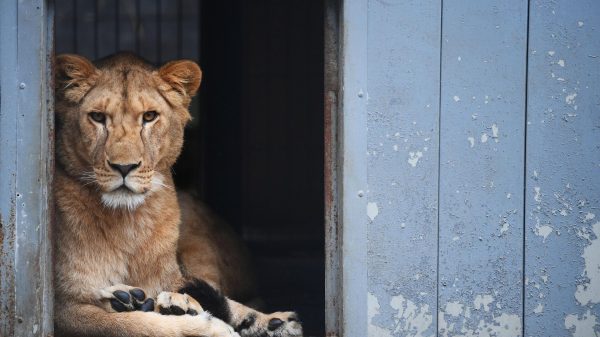
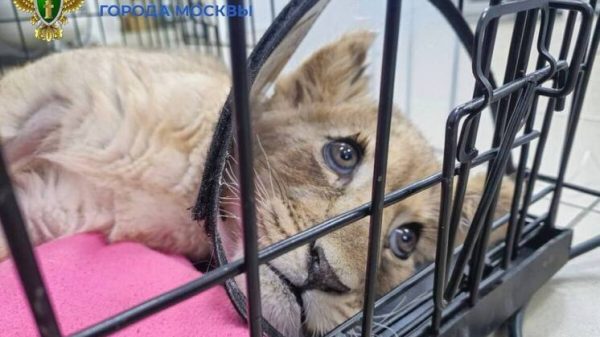

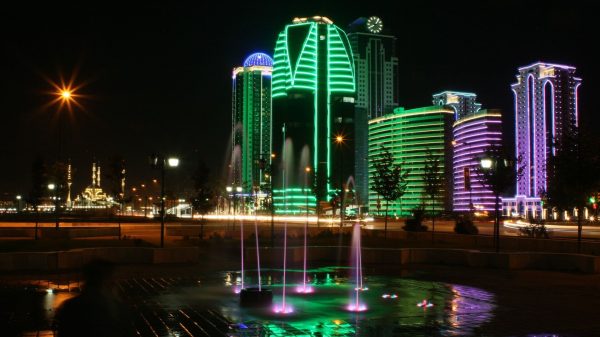



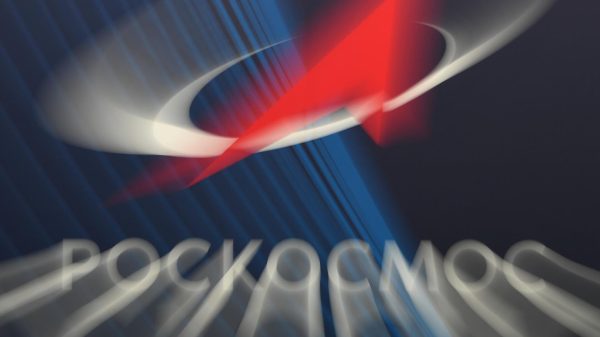
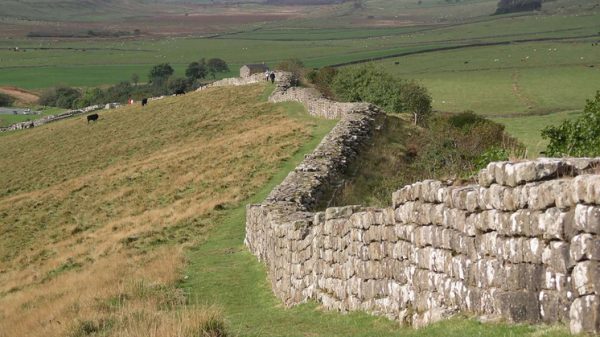
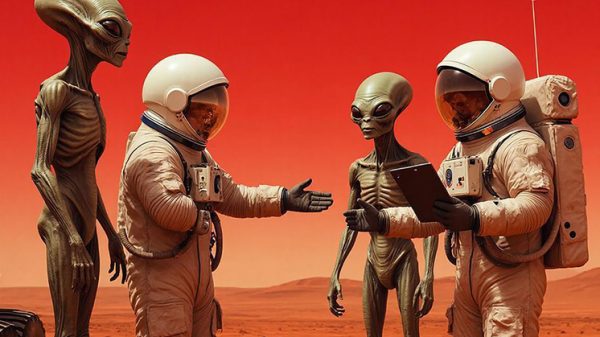












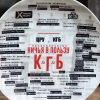
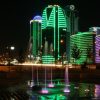




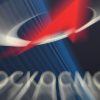













Свежие комментарии